Answers:
1. B
2. C
3. A
HuDoNet
@hudonet.bsky.social
We are a network of people, working together to conserve the Indian Ocean humpback dolphin.
@hudonet.bsky.social
We are a network of people, working together to conserve the Indian Ocean humpback dolphin.
Answers:
1. B
2. C
3. A
Quick Fact #4: Humpback dolphins can be found along the rim of the western Indian Ocean, the Arabian/Persian Gulf, the Red Sea and some islands.
For a more detailed breakdown, head over to hudonet.org/map
#HuDoNET #LetsGetQuizzical #HumpbackDolphinFacts
Post prepared by Articulating Science
#HuDoNET #LetsGetQuizzical #HumpbackDolphin #FunFacts #DolphinFacts #LifeLongLearning
Post prepared by Articulating Science
These include underwater noise, climate change, boat traffic, direct killing, and oil spills and exploration (including in-shore seismic surveys). All together, these impacts threaten the dolphins’ survival in ways that are challenging to measure but are likely to be impactful.
#marinelife #HuDoNET
There are other threats that appear somewhat less serious (possibly because of lack of information) or only affect a certain portion of the species’ range.
#supportconservation #humpbackdolphinconservation
Quick Fact #3: Indian Ocean humpback dolphins are quickly disappearing throughout their natural range.
They continue to face various threats that cause mortality, such as gillnets, chemical contaminants, ports and their associated activities and infrastructure.
#HuDoNET #LetsGetQuizzical
Hi there! Yes, we'd love to contribute to your Marine Life community and increase awareness on humpback dolphins in your community. We appreciate you for reaching out.
19.06.2025 14:58 — 👍 1 🔁 0 💬 1 📌 0Photo credit: Kenya Marine Mammal Research And Conservation
Post prepared by Articulating Science
Indian Ocean humpback dolphins regularly swim in small groups thus making them a little tough to spot. So, this species is not often the primary target of dolphin watching tours.#HuDoNET #LetsGetQuizzical #HumpbackDolphin #ElusiveSpecies #FunFacts #DolphinFacts #LifeLongLearning
17.06.2025 17:14 — 👍 0 🔁 0 💬 1 📌 0Humpback dolphins are quite shy and more elusive than bottlenose dolphins whose broader range overlaps partially with that of humpback dolphins.
#HuDoNET #LetsGetQuizzical #HumpbackDolphin #ElusiveSpecies #FunFacts #DolphinFacts #LifeLongLearning
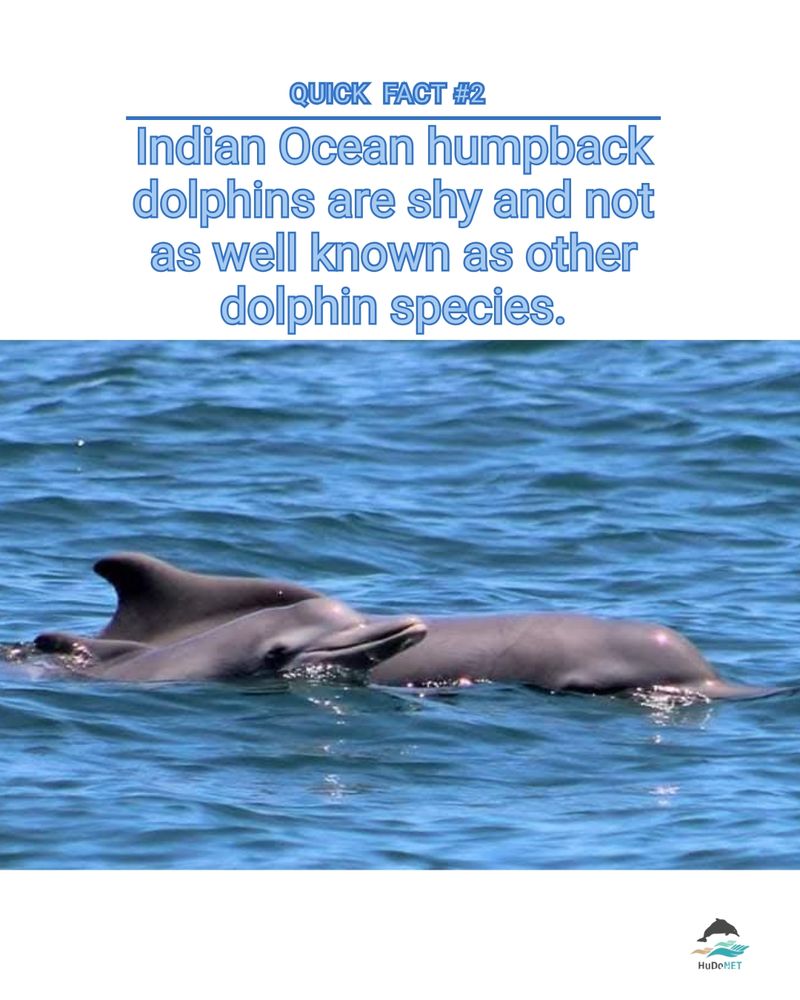
Quick Fact #2: Indian Ocean humpback dolphins are shy and not as well known as other dolphin species.
#HuDoNET #LetsGetQuizzical #HumpbackDolphin #ElusiveSpecies #FunFacts #DolphinFacts #LifeLongLearning
Royalty Free Music: Creative Minds by Benjamin Tissot, downloaded from www.bensound.com
Post prepared by Articulating Science
Then, we will post the answers next week to confirm that you have been paying attention to HuDoNET posts. Remember to reshare so others can test their knowledge too.
#HuDoNET #LetsGetQuizzical #HumpbackDolphinFacts
Our first quiz of the month has finally come! There are 3 questions based on Quick Fact #1. You have 10 seconds to answer each question. Leave a comment with your answers under this post.
#HuDoNET #QuizNight #LetsGetQuizzical #HumpbackDolphinFacts
they are being exploited, they occur in fewer places than they did historically and the quality of their habitat has declined.
#HelpUsSaveHumpbackDolphins #HuDoNER #TheImportanceOfConservation
Post prepared by Articulating Science (ArtSy)
the Indian Ocean humpback dolphins’ categorization means that, over 3 generations, their population size is suspected to have declined by more than 50% for three reasons:
#PopulationDecline #EndangeredSpecies
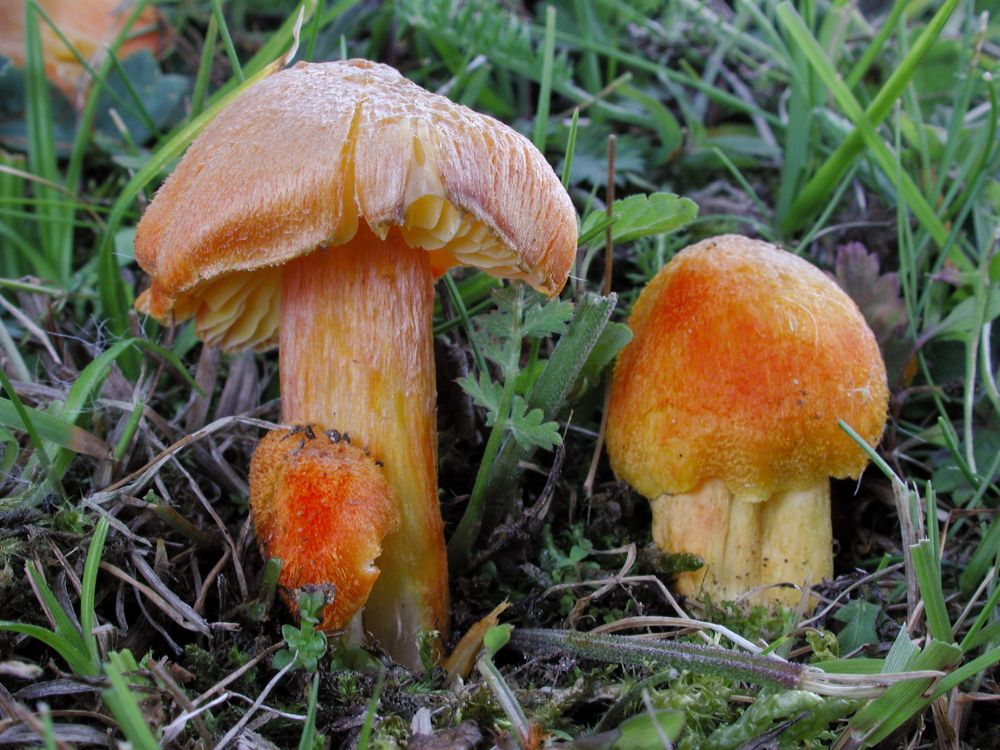
It is a powerful tool used to inform conservation action and policy. According to the IUCN’s Red List assessment criteria, (which you can read more about here www.iucnredlist.org/species/8203... ),
12.06.2025 16:42 — 👍 0 🔁 0 💬 1 📌 0
The IUCN Red List of Threatened Species is an assessment of extinction risk using specific categories and criteria.
#HuDoNET #IUCN #EndangeredSpecies #IndianOceanHumpbackDolphin

Quick Fact #1: Indian Ocean humpback dolphins are listed as Endangered on the IUCN Red List of Threatened Species.
#HuDoNET #QuickFacts #IUCN #EndangeredSpecies #HumpbackDolphin #MarineMammalConservation
The next post will be Quick Fact #1. Go ahead and tell your friends, your team, your research partners, your family or your colleagues. Let’s all join in on the fun!
#HuDoNET #LetsGetQuizzical #FunFacts #DolphinFacts #LifeLongLearning
Post Prepared by Articulating Science
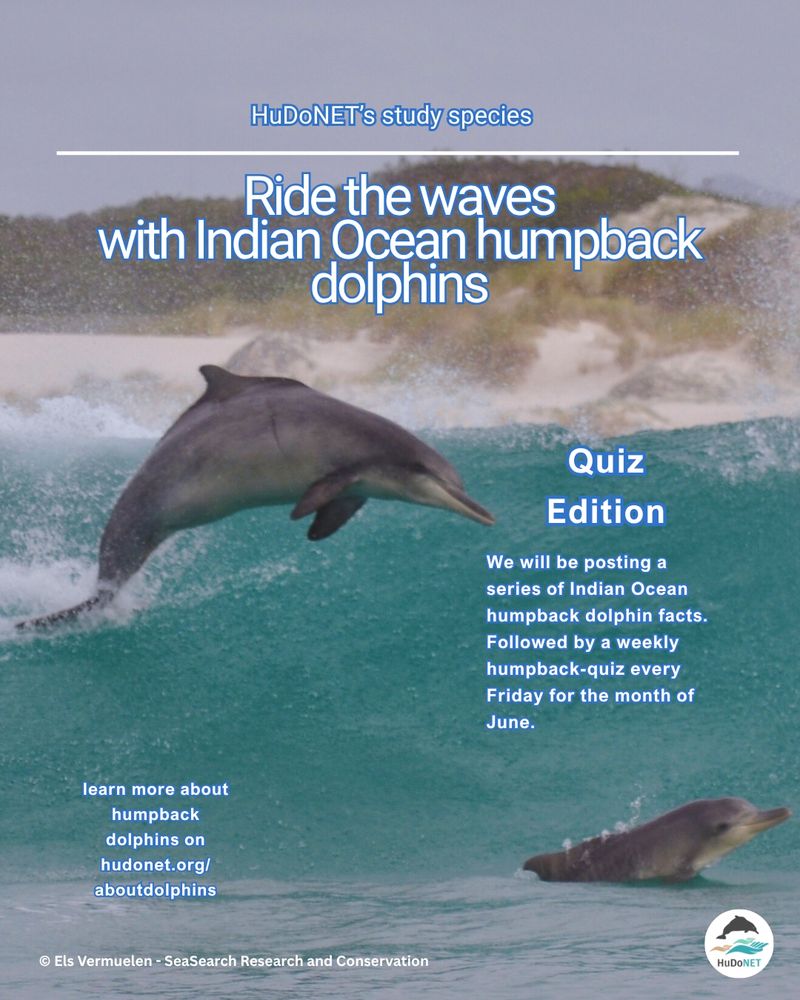
Join our pod and keep an eye out for our Quick Facts - Quiz Series. We will be posting 2 quick facts each week, followed by a short and fun quiz on the weekend. Learn more about these amazing creatures and test your knowledge thereafter.
#HuDoNET #LetsGetQuizzical #HumpbackDolphin
Let’s keep working to raise awareness, fill knowledge gaps, and champion conservation for humpback dolphins.
#Conservation #Biodiversity #IndianOceanHumpbackDolphins #SousaSpecies #CoastalEcosystems #HuDoNET #DolphinConservation
Post prepared by Articulating Science
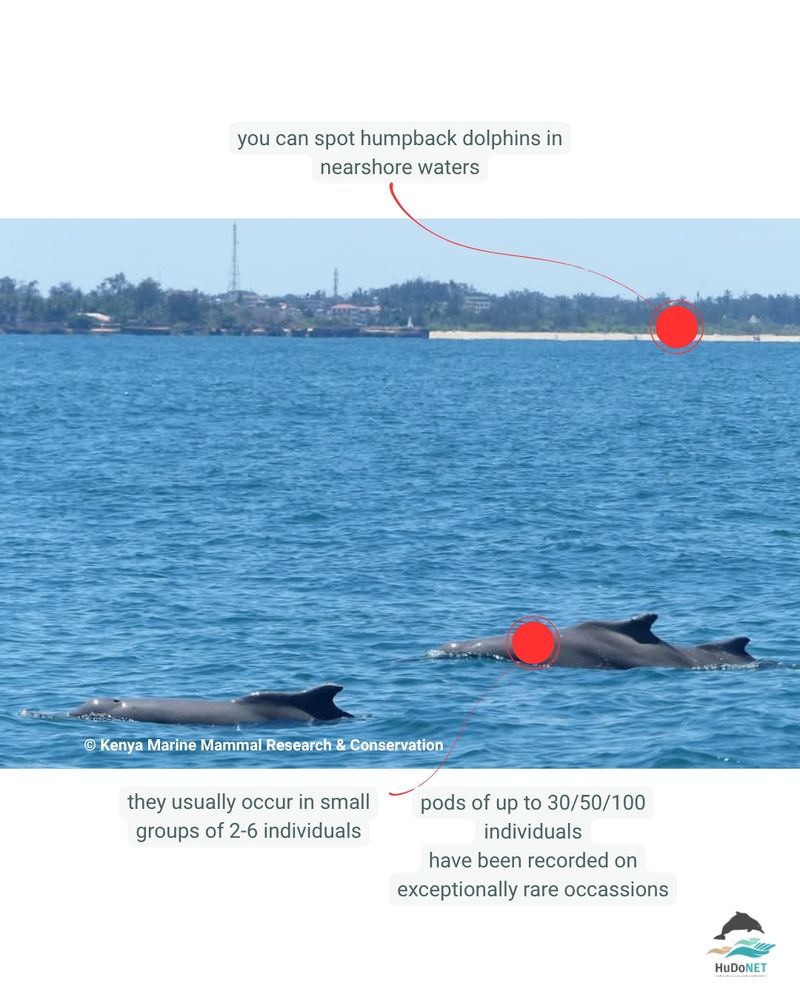
Every sighting, every data point, helps us better understand and protect these incredible animals.
#HuDoNET #MarineConservation #Biodiversity #HumpbackDolphins #WildlifeConservation #DolphinSightings
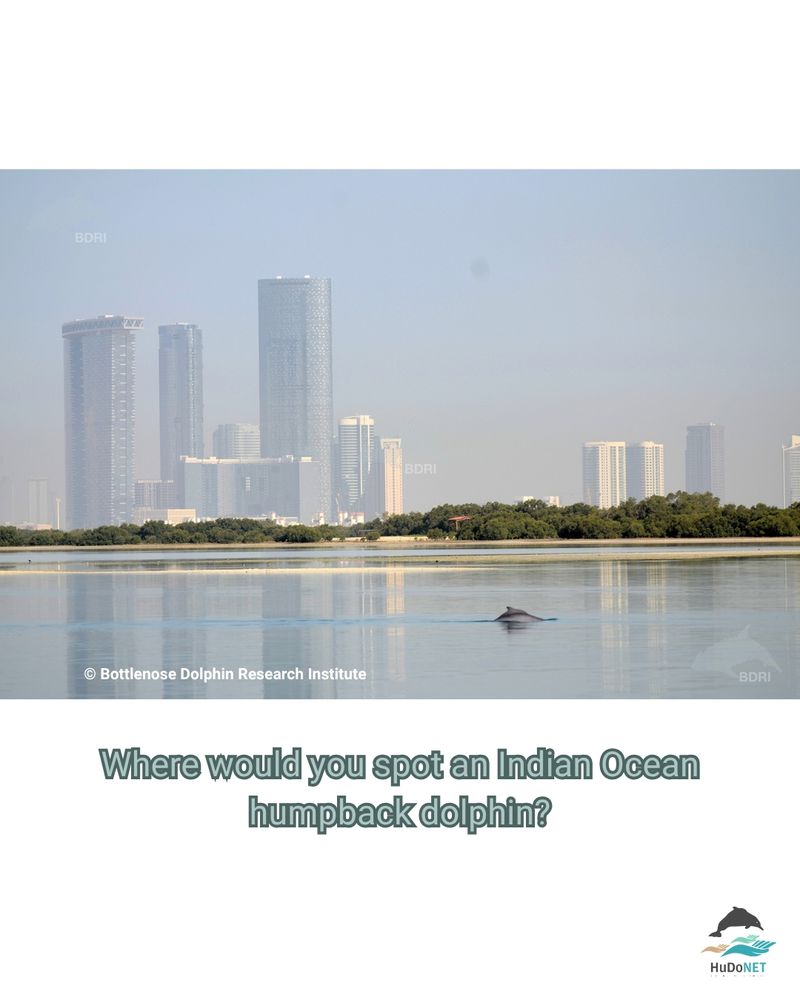
Where would one spot a humpback dolphin?
They can be found along the rim of the western Indian Ocean, the Arabian/Persian Gulf, the Red Sea and some islands - but only in very shallow, coastal waters that are less than 25m deep.
#HumpbackDolphins #OceanResearch #CoastalEcosystems #HuDoNET
You can also spot Indian Ocean humpback dolphins by the way they surface – beak first, then arching back. That is when you'll see the pronounced "hump", with a relatively small dorsal fin right on top.
#Conserve #IndianOceanHumpbackDolphin #JustKeepSwimming
Post prepared by Articulating Science
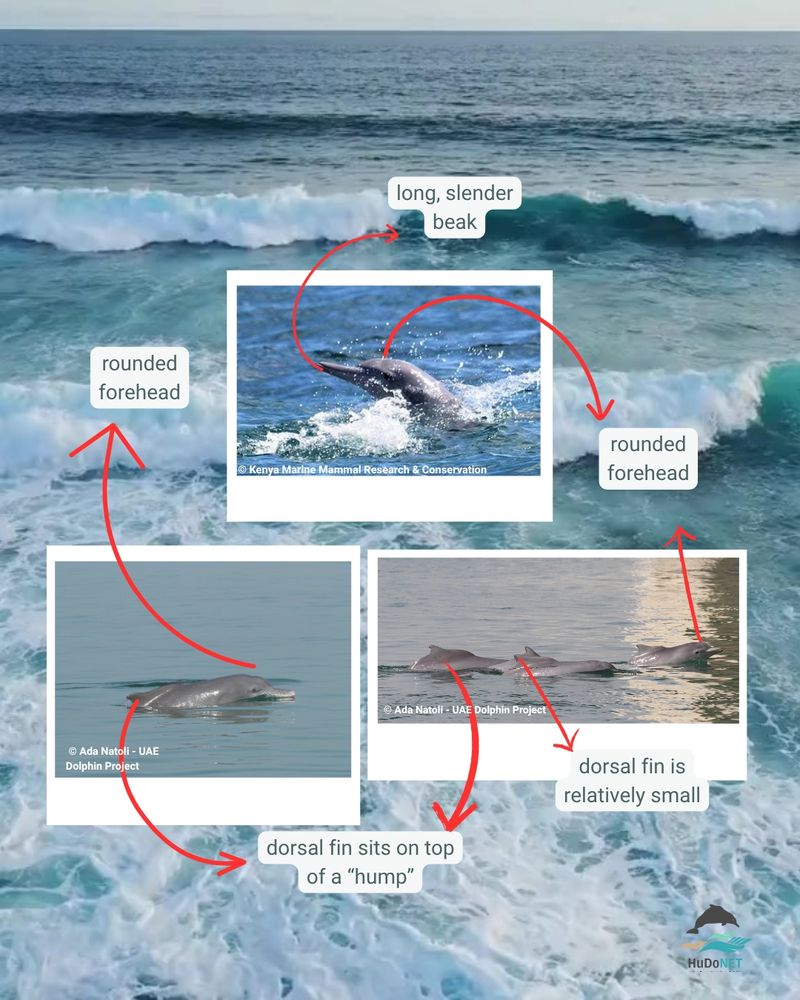
Furthermore, not all humpback dolphins have pronounced "hump-backs". However, our study species, the Indian Ocean humpback dolphin, does. That's one way to spot them.
We've also included a few more defining features in the infographic below.
#HuDoNET #HumpbackDolphinFacts #ScienceEducation #Nature
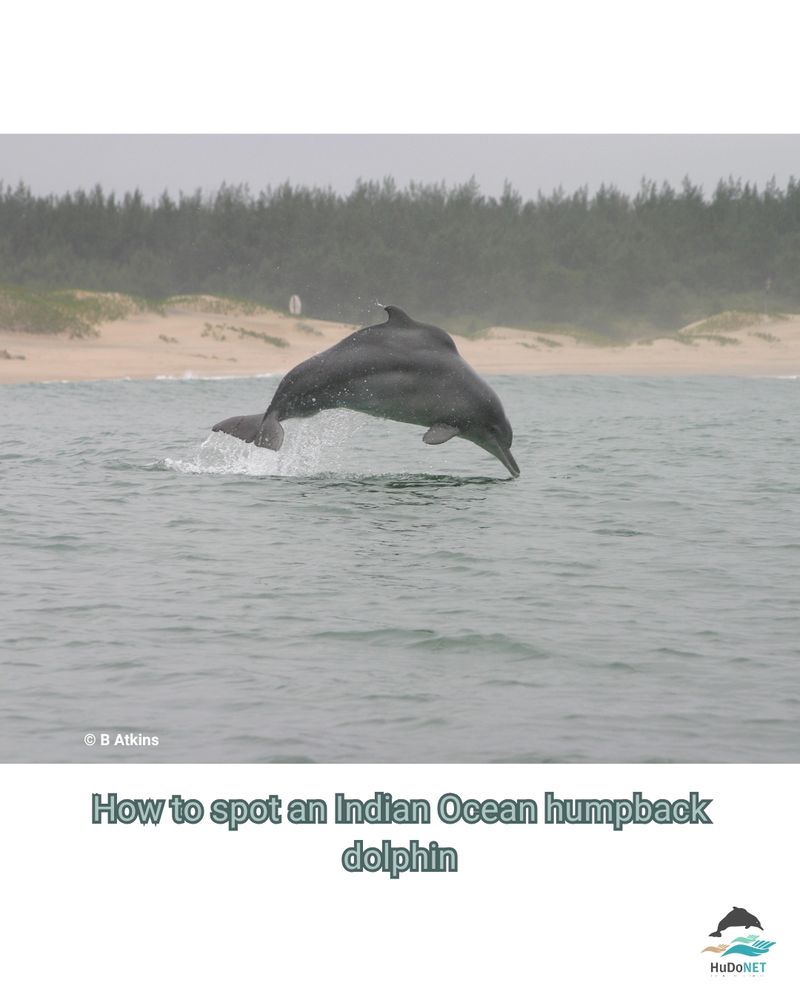
How does one spot an Indian Ocean humpback dolphin?
Well, all species of humpback dolphins have a robust body, as seen in our previous post, however, that’s not visible unless the humpback dolphin is jumping out of the water.
#HuDoNet #HumpbackDolphinFacts #MarineLife #DolphinMorphology
Every sighting, every data point, helps us better understand and protect these incredible animals.
Let’s keep working together to raise awareness, fill knowledge gaps, and champion conservation for all Sousa species.
#Biodiversity #HumpbackDolphins #CoastalEcosystems #WildlifeConservation #HuDoNET
Each species lives in distinct regions with very little overlap. They are commonly found in nearshore waters—where human and wildlife activity often collide, making them quite vulnerable to local threats like coastal development, unsustainable fishing practices and pollution.
#Conservation
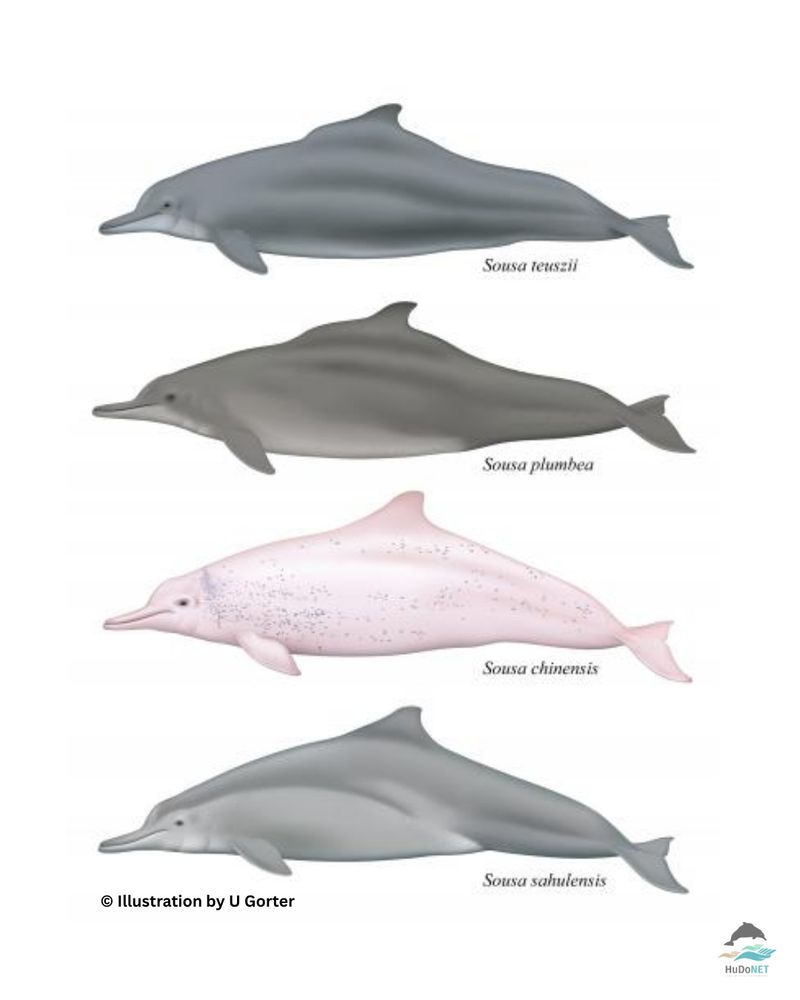
Meet the humpback dolphins swimming in our oceans!
There are four different species of humpback dolphins:
💠 Indo-Pacific humpback dolphin (Sousa chinensis)
💠 Indian Ocean humpback dolphin (S. plumbea)
💠 Atlantic humpback dolphin (S. teuszii)
💠 Australian humpback dolphin (S. sahulensis)
#HuDoNET